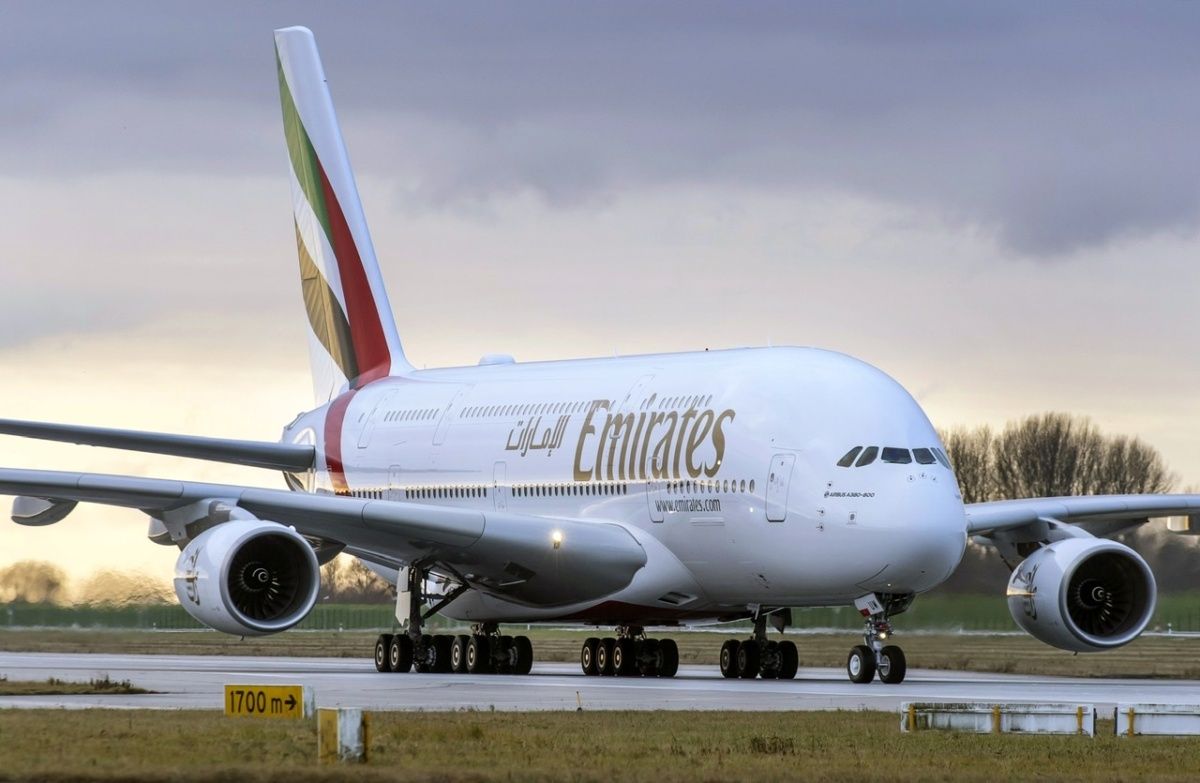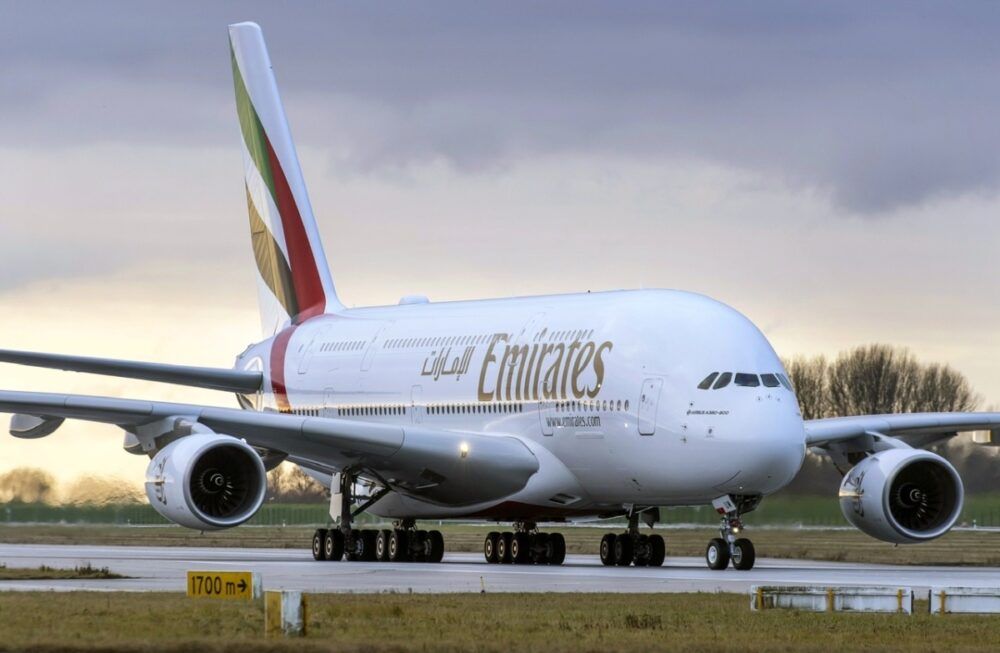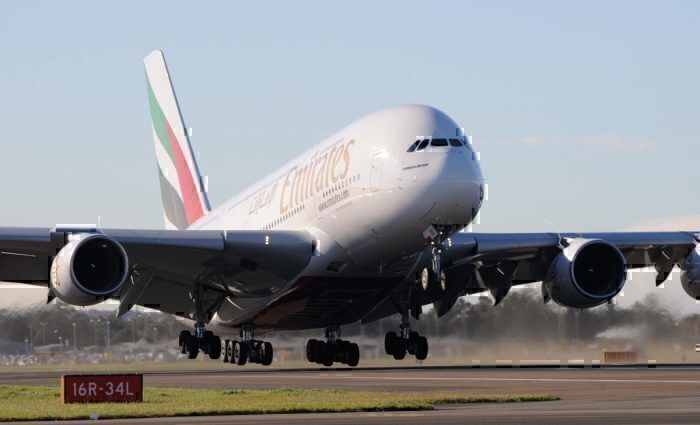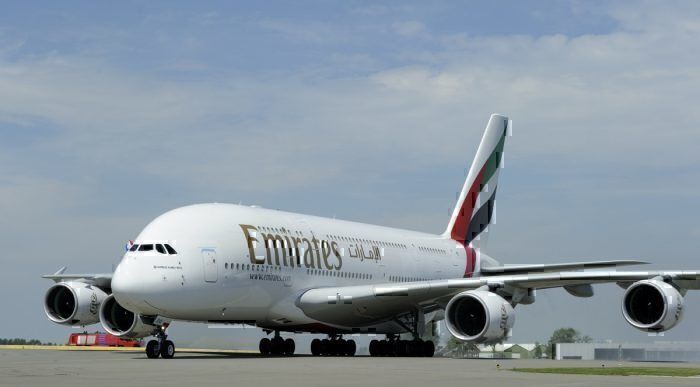Emirates Airbus A380 pilots do not have permission to make particular types of approaches when flying to Australia and New Zealand. Australian authorities share that two separate incidents in Melbourne during the summer of 2016 led to this decision.
What happened?
According to Aerotime, Emirates forbids its A380 pilots from making required navigation performance (RNP) approaches. The Australian Transport Safety Bureau (ATSB) highlights how past events saw the superjumbos descend too low while on approach to Melbourne Airport. Ultimately, they fell below controlled airspace.
The first of the incidents happened on June 25th, 2016. On this date, an A380, conducting flight EK407, was arriving from Dubai when it descended below the minimum assigned altitude for a standard arrival route.
Then, less than a month later, another A380 performing a service with the same flight number also came dangerously close to the ground at the same location. Air traffic control (ATC) soon told the crew to ascend back to 3,000 ft, avoiding any dire consequences.
Different views
AATSB states that a key reason why the Dubai-based carrier descended lower than cleared by ATC was that it understood the approach differently than Australian airspace designers had intended. A report by the group that was published on May 6th shows that the profile view of the approach charts used by Emirates varies from that of Australia's ATC.
According to Aerotime, part of the report states the below:
"In these two incidents, each crew believed that they were conducting the approach and that descent below 3,000 ft was permitted by the clearance issued by the controller, while the controller believed the clearance would prepare the flight crew, but they would still fly the remainder of the STAR [standard arrival route] procedure, at the last assigned altitude until passing SUDOS,"
Moreover, the investigation concluded that in both incidents, the widebodies were operating in pilot selected modes as they descended. These were chosen by the crew to control the reduced track distance flown. Subsequently, Emirates banned its A380 pilots from conducting RNP approaches in Australia and New Zealand.
New additions
Furthermore, a year later, the airport implemented a ground-based augmentation system and removed the Runway 34 RNP approach. Australia’s ATC also aligned its charts to International Civil Aviation Organisation standards, by adding an altitude clearance level to departure and approach charts.
Altogether, it is a positive move by Australia's ATC to conform to international standards. The global nature of the aviation industry calls for the use of general guidelines.
With Melbourne Airport also overhauling its systems on the ground, perhaps Emirates will feel more confident in its approach going forward. However, flights to Australia are not the only operations seeing the airline's A380 pilots descending lower than expected.
Simple Flying reached out to Emirates for comment on these events but did not hear back before publication. We will update the article with any further announcements.
What are your thoughts on Emirates Airbus A380 pilots not being able to make certain approaches in Australia and New Zealand? Let us know what you think of the situation in the comment section.




